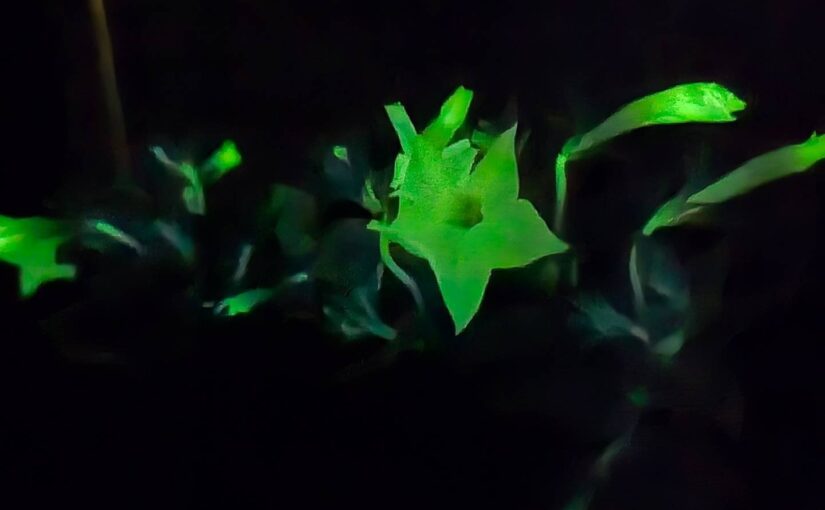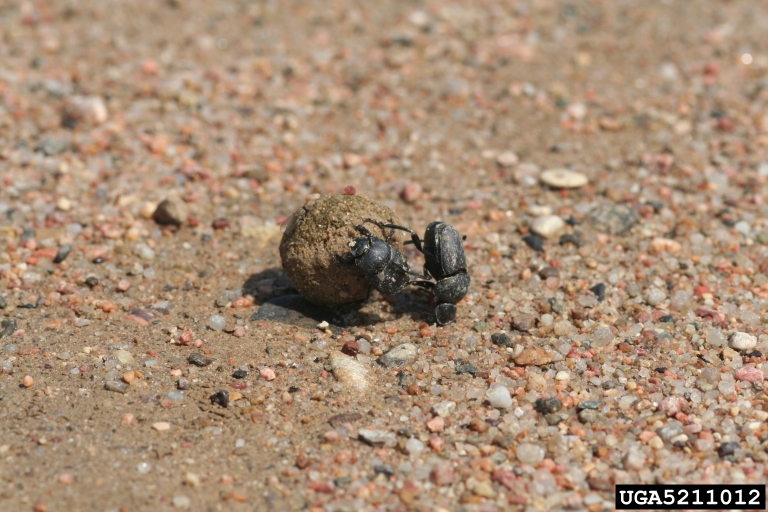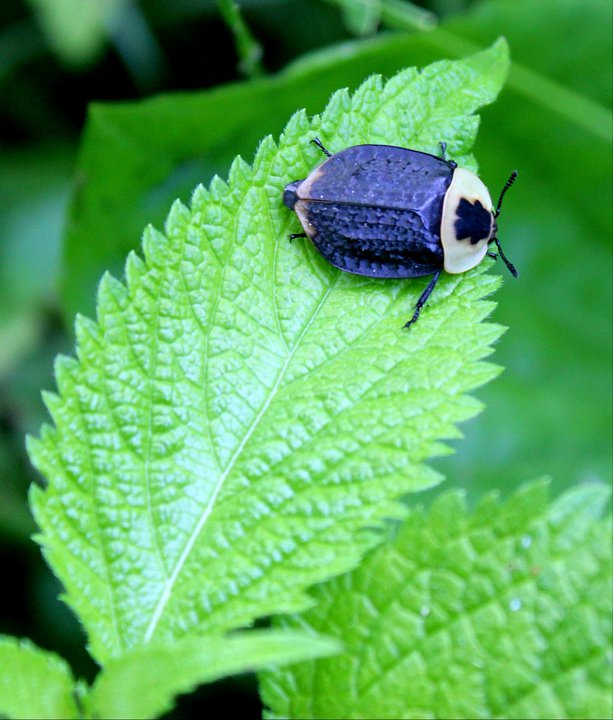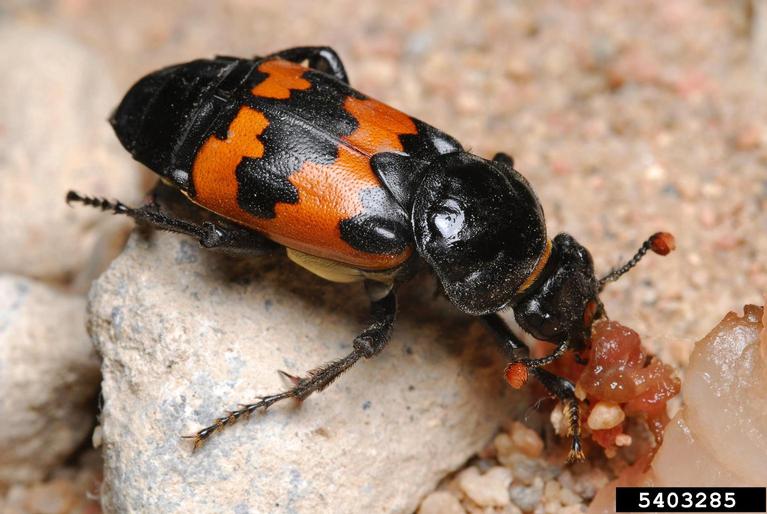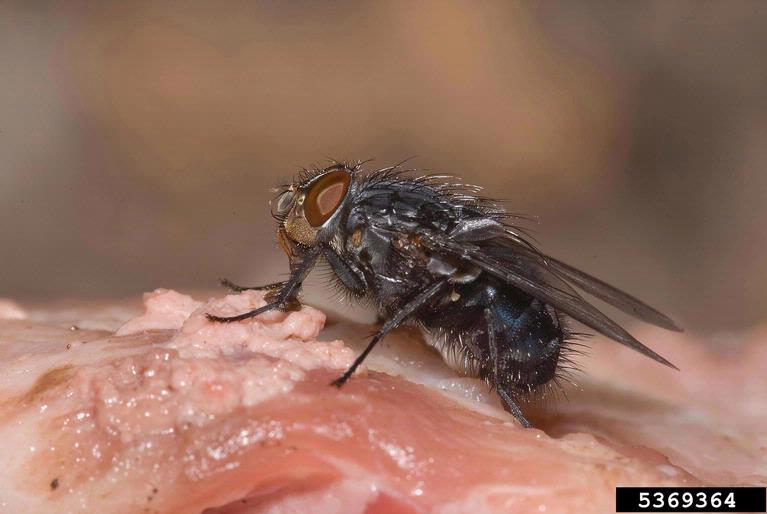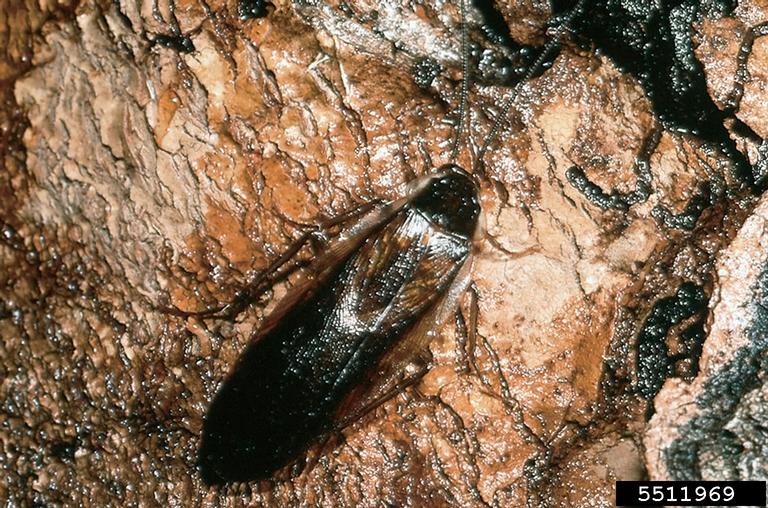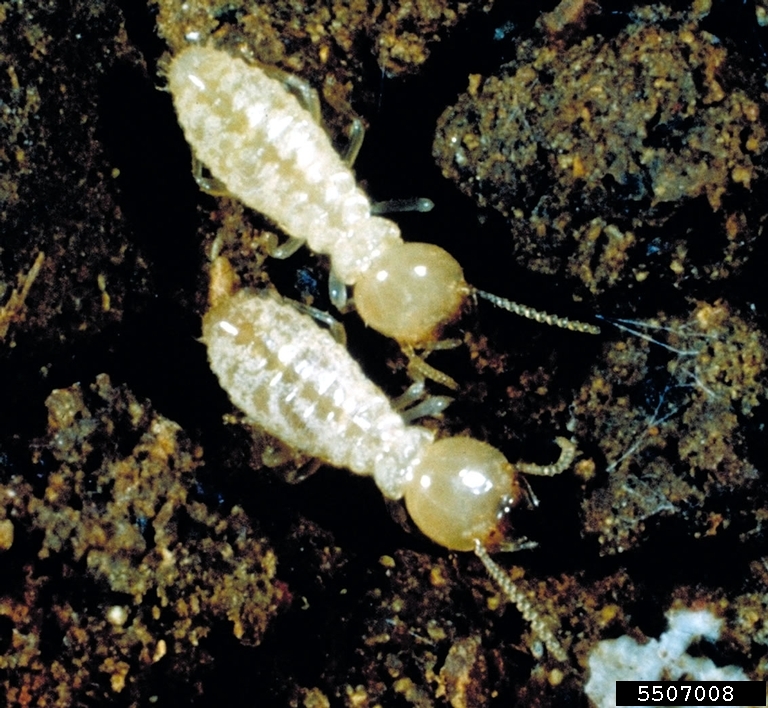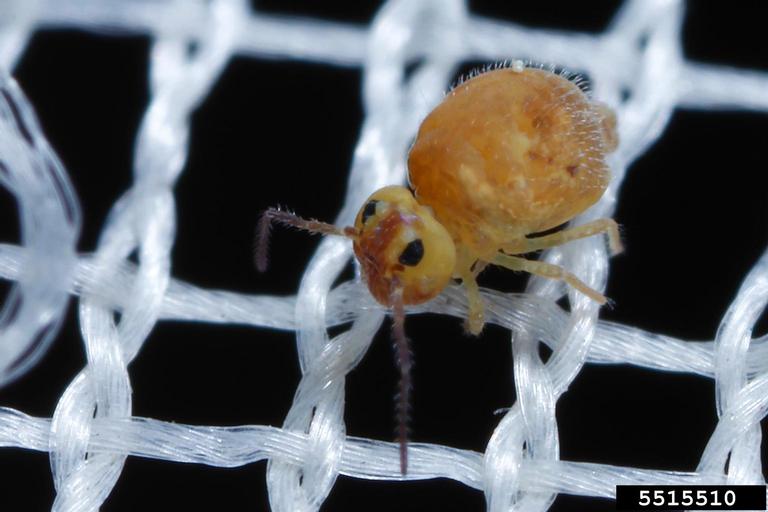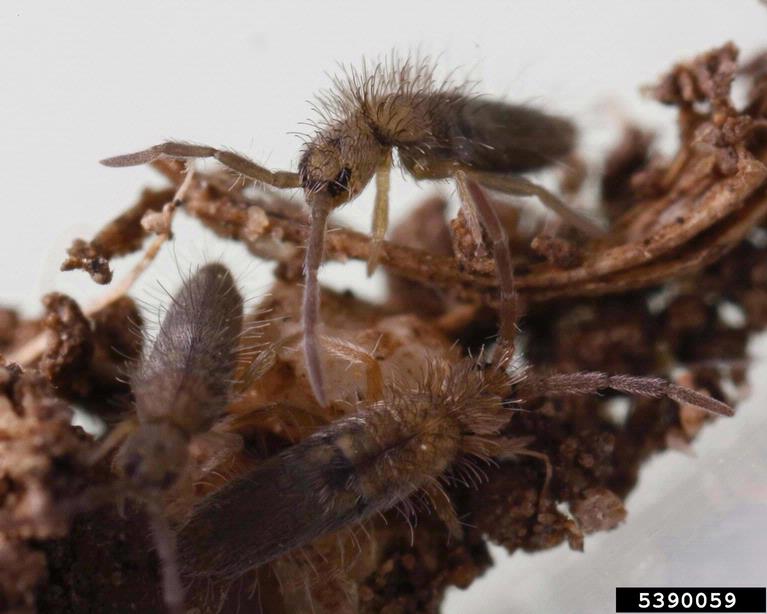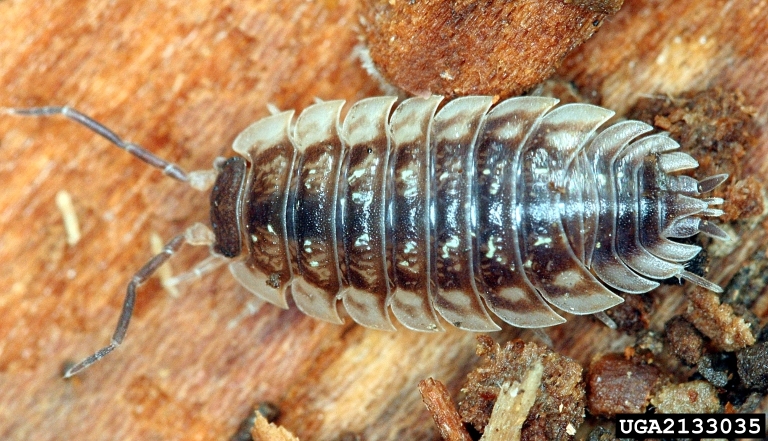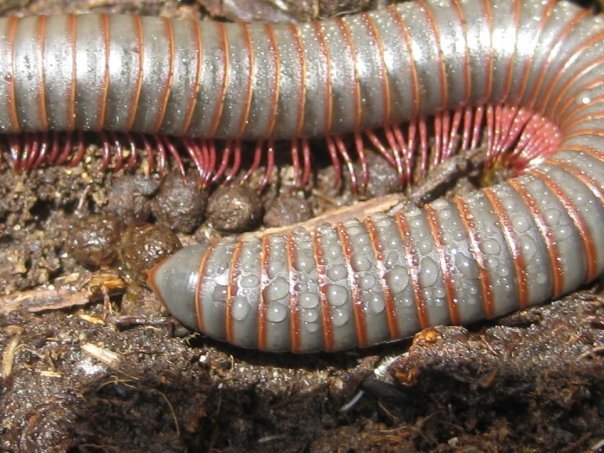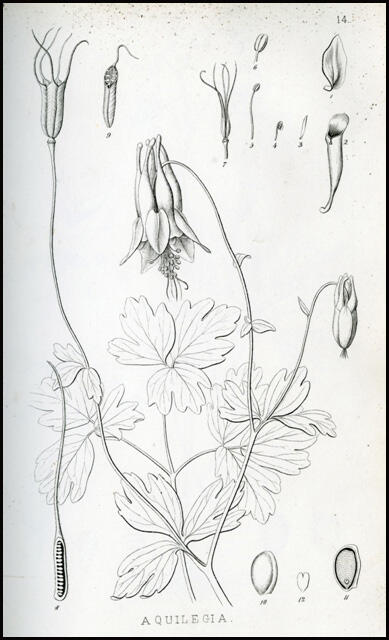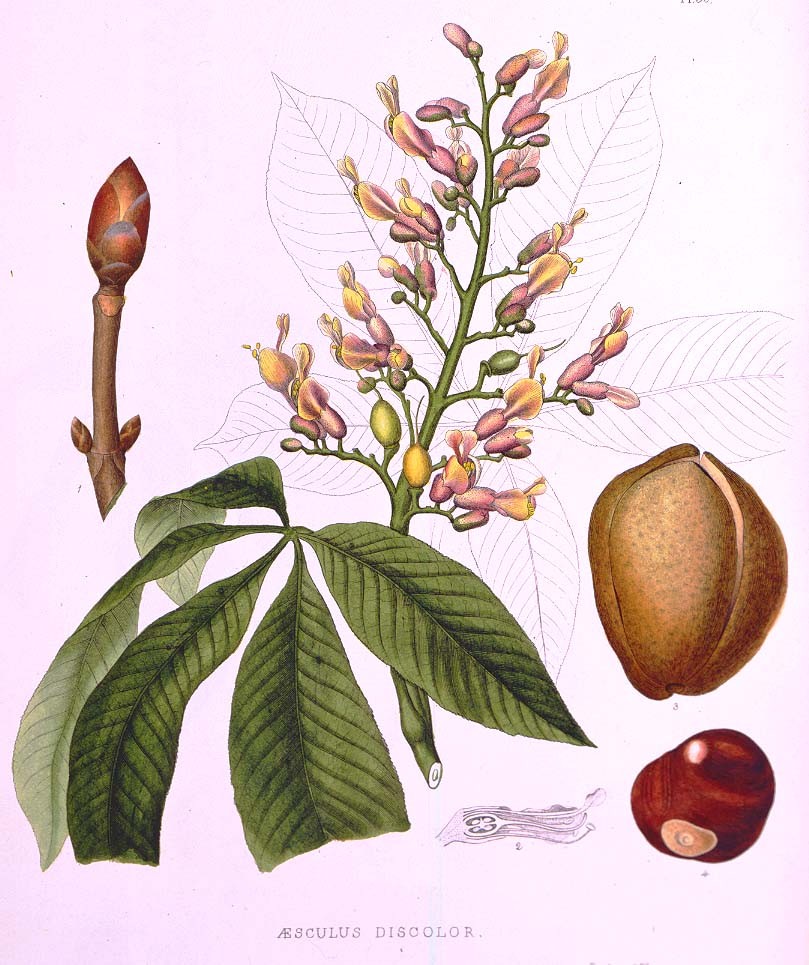We are entering the hottest time of the year for most of our readers except for those who live in the Southern Hemisphere or in tropical locations where there is not a big seasonal cycle. Heat can have a big impact on both gardens and gardeners, so this is a great time to look at a new product that is now available from the National Weather Service to alert people who spend time outside to the dangers of high temperatures. This new HeatRisk product will help you use the 7-day forecast to identify times when the heat will be the most severe—which will allow you to plan your outdoor work accordingly to avoid the worst dates and times of dangerous heat conditions. I will also provide some resources for how heat affects plants from The Garden Professors and briefly talk about one potential consequence of high temperatures on the upcoming Atlantic tropical season, which starts June 1 in the United States.

How does high heat affect gardeners?
Usually when we talk about heat, we are talking about high temperatures. But as they say, “it’s not (just) the heat, it’s the humidity.” High temperatures alone can cause problems for humans and animals because our bodies are built to work best in a narrow range of temperatures. If the temperature goes above that range (or below it), our physical systems experience distress and eventually will shut down. High humidity makes it worse because it makes our natural ability to cool off by sweating less effective because the water on the skin from sweat does not evaporate readily when the water content of the air is high. Many indices for the heat index factor in both temperature and humidity, and the wet bulb globe temperature (WBGT–more on this in a minute) includes temperature, humidity, wind speed, and solar radiation because all of these factors can affect the body’s ability to cool off.

If you are outdoors for a long time and start to experience dizziness or nausea or even worse become unconscious, then you are likely experiencing a heat-related illness and you need to get to a cooler area where you can recover right away. In the worst cases, a trip to the hospital may be needed when the body temperature is elevated above the safe range for human life. You can learn more about protecting yourself from high heat at Heat.gov.
What is the NWS HeatRisk map?
Fortunately, there are number of online tools available that can help identify days and times when the danger from high heat is most likely. The National Weather Service has just released a new experimental product called HeatRisk, which provides an interactive map that shows where the heat will be the most dangerous over the next few days. An example of the map is shown below. You can either zoom in on the map or click on your location to get a specific temperature forecast for that spot.

Another tool that may be useful is available across the United States from the Southeast Regional Climate Center at https://convergence.unc.edu/tools/wbgt/. Their tool produces hourly forecasts of WBGT based on National Weather Service forecasts for several days ahead at whatever US location you choose (not just the Southeast) that can determine when conditions are most dangerous for working or playing outside. The WBGT is often used by sports teams to determine if it is safe for players to practice outdoors and how often they need to take a break. The tool gives you the choice of several state regulations for threshold values for WBGT that should determine whether football or other practice is safe. The same information can be used to decide if outdoor workers need extra water breaks in the shade or when gardeners should come in, cool down, and rehydrate.

How does high heat affect plants and gardens?
Plants respond differently to heat than humans and other animals do because they don’t sweat. High heat can cause the plants to close the stomas in their leaves to retain moisture but a long enough period of high temperatures and dry conditions with little soil moisture leads to wilting and eventually, death of the plants. I am not an expert on this, but fortunately Jim Downer and other GP authors have written several blog posts in the past that address the effects of heat stress on plants. John Porter has also written on the effects of high temperatures on pollination and ripening. Check out some of these posts, especially Jim’s post on abiotic disorders, to see what effects high temperatures may have on your garden.
What do we expect from this year’s Atlantic tropical season and how is it related to high temperatures?
This year we have seen a lot of record high temperatures across the globe due in part to greenhouse warming. Sea surface temperatures in the northern Atlantic Ocean have been especially high, most likely due to a combination of greenhouse warming and the absence of aerosol particles in the atmosphere due to the switch to cleaner fuel for ocean vessels a couple of years ago. This change allowed more sunlight to heat up the ocean surface. These ocean temperatures are so much higher than normal that the temperatures are closer to August values than what we usually expect in late May. Since hurricanes feed and grow over water than is warmer than 80 F, it means that the atmosphere over the main development region for Atlantic tropical storms is stoked and could contribute to both a larger number of storms than usual and more rapid development for any storms that do develop. It’s no wonder that the forecasts for the number of named storms in the Atlantic this year is one of the highest ever predicted. So if you are anywhere within reach of an Atlantic storm (which is most of the eastern US but also includes most of the Caribbean, Mexico, and potentially even Central or northern South America and parts of Europe), you should be prepared for tropical activity well in advance of any storms that might come your way this year.

Enjoy the hot weather but treat it with respect
If you like hot weather as much as I do, you are looking forward to the warmer weather we will see over the next few months. But if the weather gets too hot, as it is now in India, Mexico, and other places, heat-related illnesses and even deaths will become more likely. In 2023, the United States set a new record for the number of heat-related deaths. Climate change will make devastating heat waves more likely in the future, so make sure you are prepared. If you understand how heat affects your bodies, pets, and gardens and know how to take care of yourself, you will be better equipped to enjoy the dog days of summer this year and in the future as the earth’s temperature continues to rise. Be safe and enjoy the summer heat!

